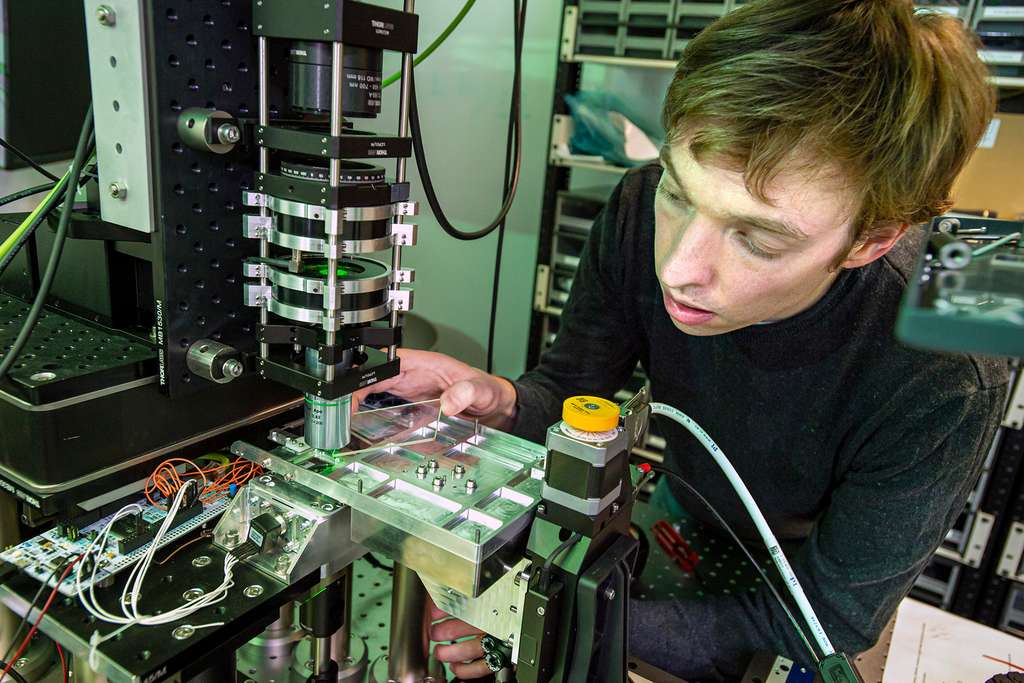Boiling water, microwaves, stripping Microsoft engineers have done the most extensive testing to damage this new storage medium, but this glass plate could be the ultimate solution for storing data for centuries.
Microsoft has taken another step in its Project Silica , recording the1978film Superman on a glass plate. The announcement might seem anecdotal: it took a glass plate the size of a coaster for a single film, while a microSD card has a much higher capacity, while being about 30 times smaller. However, the Microsoft project is not trying to solve a problem of capacity, but of sustainability.
Almost all current media have a hard time with elements, from older media such as photos or books to newer ones such as optical discs , magnetic hard drives or flash memories. The problem is that to ensure longer-term storage, the film industry converts digital works to analog format and then divides the image into the three primary colors that are then used to create three black and white filmstrips. more durable than color films whose pigments degrade too quickly.

Current storage technologies too ephemeral
Microsoft expects the mass data stored online in zettabytes reach 100, or 100 billion terabytes in 2023. Current storage media offer only time-limited storage, and the current industry manages this mass of data regularly renewing the media used. The hard drives can fail in three to five years, while the magnetic tapes used for computer archives offer only five to seven years of durability. Warner Bros. who owns the rights to the Superman movie, creates copies of his archives every three years to avoid problems.
Microsoft has decided to change the technique. Rather than working on current technologies in an attempt to make them more sustainable, the firm chose to start from a promising material and develop a new storage technology. With Project Silica, the firm opted for a quartz glass support. The project has just reached a new milestone by recording a complete film, 75.6 GB of data, on a glass plate 7.5 cm wide and 2 mm thick.